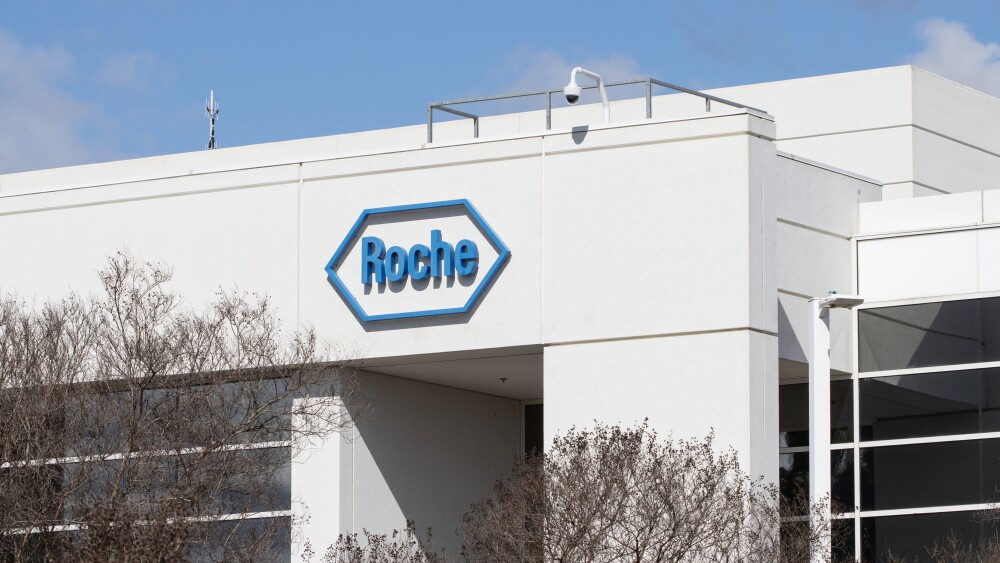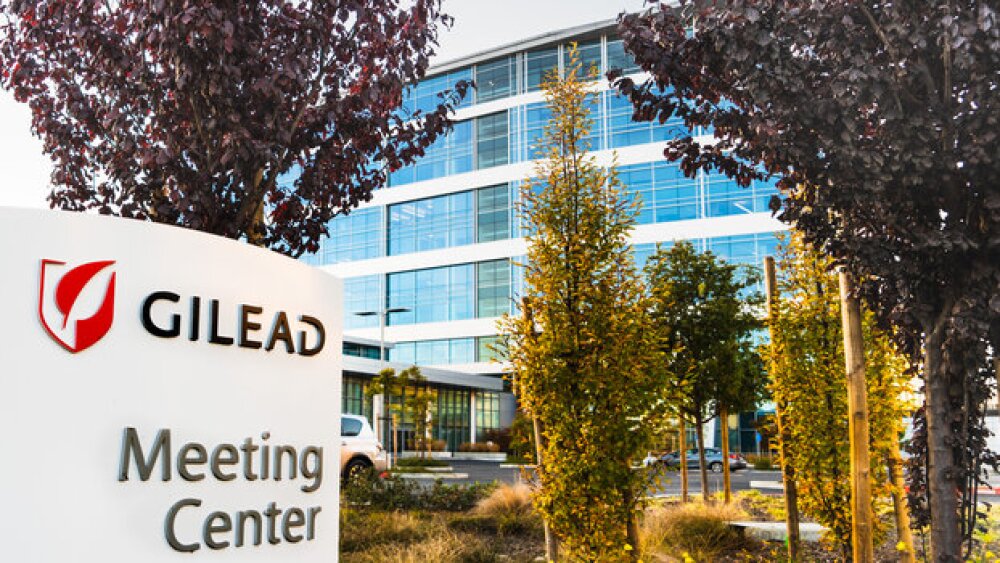Lysogene’s Phase II/III trial assessing LYS-SAF302 for the treatment of MPS IIIA, also known as Sanfilippo syndrome type A, revealed positive biomarker data, spurring hope for a potential treatment.
Parisian gene therapy company Lysogene announced hopeful news on the CNS front Thursday. Lysogene’s Phase II/III trial assessing LYS-SAF302 for the treatment of mucopolysaccharidosis type IIIA (MPS IIIA), also known as Sanfilippo syndrome type A, revealed positive biomarker data, spurring hope for a potentially effective treatment for the rare childhood disease.
Preliminary data from the company’s AAVance Phase II/III trial showed a positive effect on MPS IIIA disease biomarker heparan sulfate (HS) in the cerebrospinal fluid (CSF). In MPS IIIA, the body is rendered unable to break down HS, a large sugar molecule, leading to a host of severe neurological symptoms, including progressive dementia, aggressive behavior, hyperactivity, seizures, deafness, loss of vision and the inability to sleep for longer than a few hours at a time.
LYS-SAF302, a gene therapy, led to what Lysogene called “statistically significant” decreases of about 20% in average levels of total HS-derived oligosaccharides in the CSF relative to baseline levels. These decreases were noted at 6, 12 and 24 months after dosing. The numbers appeared to improve with time, with a 22% decrease observed at the 24-month mark.
Investigators found no statistically significant effect on serum HS levels following treatment, meaning that the decreases were confined to the brain and did not have an impact on systemic circulation or other tissues, including the spinal cord.
Levels of serum neurofilament light (NFL), a biomarker for axonal damage, increased following treatment with LYS-SAF302, which the company attributed to transient axonal damage caused by brain surgery, but then fell back down to below baseline levels. These findings confirmed those of previous studies.
“Preliminary data for AAVance indicates that subjects with MPS IIIA treated prior to 31 months of age not only continued with increasing developmental age but exceeded developmental ages of any MPS IIIA subjects within the natural history cohorts,” Dr. Raymond Wang, M.D., director of the foundation of caring multidisciplinary lysosomal disorder program at CHOC Children’s Specialists in Orange, CA and a principal investigator of the trial said in a press release. “This data is highly suggestive of LYS-SAF302 efficacy in this treatment population, marking an important milestone as no treatment is currently available to slow the progression of MPS IIIA.”
As indicated by the patient ages in Lysosome’s trial, symptoms typically begin early in childhood. MPS IIIA is an inherited genetic disease brought on by changes in the N-sulfoglucosamine sulfohydrolase (SGSH) gene, which instructs cells to make an enzyme called heparan-N-sulfamidase. This enzyme breaks down and recycles HS. Without sufficient enzyme levels, HS builds up in the organs, disrupting their normal function, particularly impacting the central nervous system.
Extremely rare, MPS IIIA occurs in one in 100,000 births and is estimated to affect between 2,500 and 3,000 children across the globe. It is inherited in an autosomal recessive manner, meaning that the mutation has been passed down from both parents.
Lysogene’s most advanced asset, LYS-SAF302, attempts to solve the etiology of the disease by delivering a functional copy of the human SGSH gene via adeno-associated virus (AAV) carrier, AAVrh.10, which has a particular tropism for CNS cells. Lysogene is hopeful that the therapy may stabilize and potentially even reverse existing brain damage.
Lysogene CMO Dr. Marie Trad said results of a full statistical analysis are expected in September, and the company anticipates discussing the next steps with regulators in Q3.






